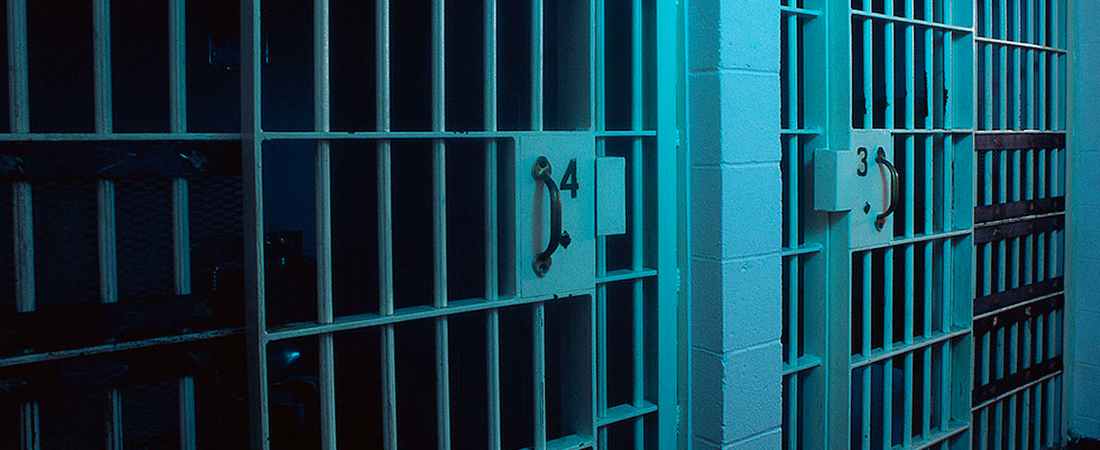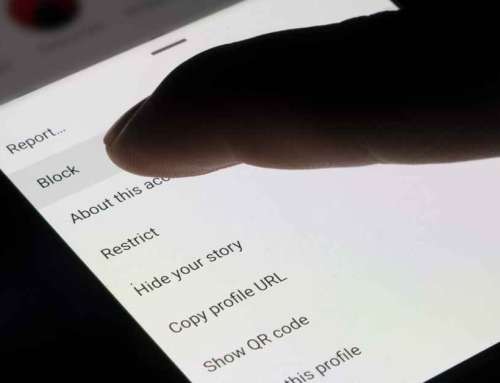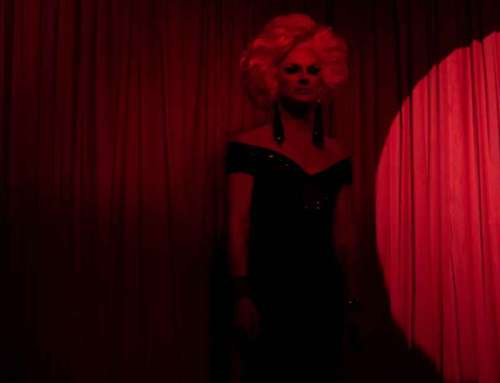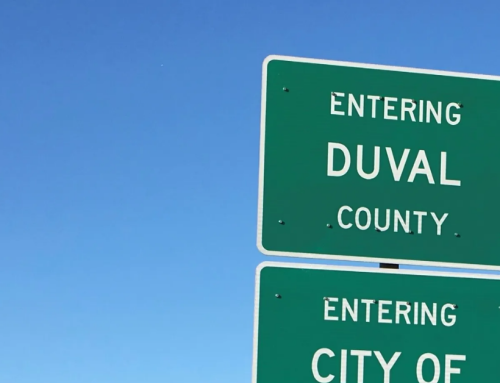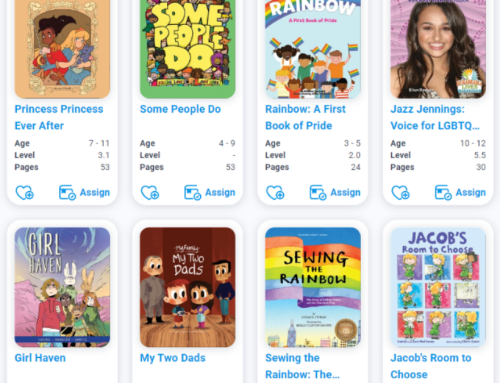In March, the Washington Department of Corrections issued a new policy banning nonprofit organizations from donating used books to prisoners. After public outcry, the department reversed the ban and scheduled a meeting with Books to Prisoners, a Seattle nonprofit. The outcome has not been made public.
Federal courts have repeatedly affirmed that prisoners have a First Amendment right to read, and publishers and others have a right to send them reading materials. While those rights can be restricted in the interest of security, blocking the free flow of ideas serves no penological purpose. Proponents of stricter controls on the books available to incarcerated readers argue that some information is inherently dangerous, but the First Amendment is designed to prohibit the suppression of information.
The Washington State policy is one amongst many infringements on the free expression rights of inmates in the US. In many states, Departments of Corrections have strict guidelines on what types of books incarcerated folks are and aren’t allowed to read. These guidelines tend to be worded broadly, allowing varied interpretations and resulting in sweeping book bans. While bans are often instituted in the name of security, many are simple abuses of power in order to censor inmates’ access to information.
Books featuring sexual content and nudity are frequently restricted. Prohibiting books that contain sexual content prevents inmates from accessing classics such as Alice Walker’s The Color Purple and Maya Angelou’s I Know Why the Caged Bird Sings. A total ban on nudity includes books on figure drawing, magazines about art and art history, and books on human anatomy.
A 2011 report by the Texas Civil Rights Project shows just how arbitrary banned books lists in prisons can be. Among the 12,000 books prohibited by the Texas Department of Criminal Justice: History of Black America by Howard Lindsey; Finding Oprah’s Roots, Finding Your Own by Henry Louis Gates, Jr.; Stopping Rape: A Challenge for Men by Rus Ervin Frank; and Why Me? Help for Victims of Child Sexual Abuse Even if They Are Adults Now by Lynn Daugherty.
Why should we care?
Access to books plays a huge role in rehabilitation. Prison literacy programs have been shown to improve inmate behavior and lead to lower recidivism rates. Additionally, many prison education programs regularly face steep budget cuts. Allowing prisoners access to books provides low-cost educational alternatives, in addition to rehabilitative benefits.
Most importantly, however, books can offer the same sense of hope and connection to incarcerated readers as they offer to all readers. While incarcerated, inmates have limited access to the Internet and other ways to connect to society beyond the prison’s walls. Many prisoners report feeling dehumanized. As Supreme Court Justice Thurgood Marshall stated:
When the prison gates slam behind an inmate, he does not lose his human quality; his mind does not become closed to ideas; his intellect does not cease to feed on a free and open interchange of opinions; his yearning for self-respect does not end; nor is his quest for self-realization concluded. If anything, the needs for identity and self-respect are more compelling in the dehumanizing prison environment.
Access to a wide range of books offers prisoners a chance to learn, explore their interests and reconnect to the humanity so often stripped of them by the prison system. It offers a chance to discuss stories and reflect on their own lives. It offers a chance to grow and to explore ideas. It offers a chance to prepare for life after prison, beyond prison.
In a nation that prides itself on its freedoms, denying prisoners the right to read is hypocritical. Reading and accessing information is among our most basic freedoms, and everyone, including prisoners, should be able to exercise that right.
These organizations (and many others) work to provide reading material to incarcerated folks:
- Books to Prisoners
- Prisoners Literature Project
- Prison Book Program
- Books Through Bars
- NYC Books Through Bars
- Women’s Prison Book Project
- LGBT Books to Prisoners
- Inside Books Project
- Books Inside


